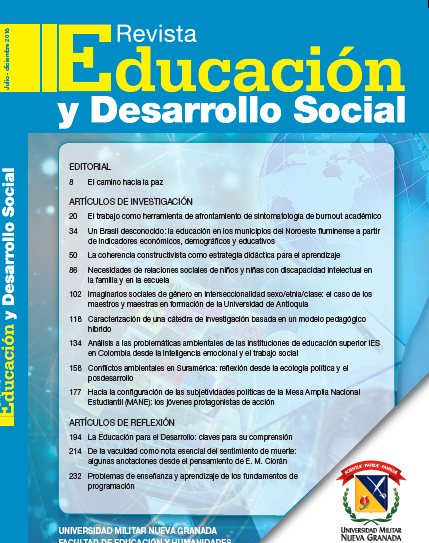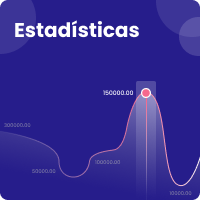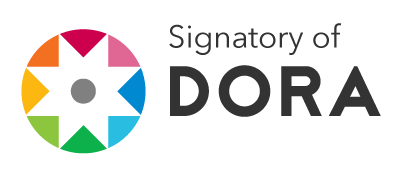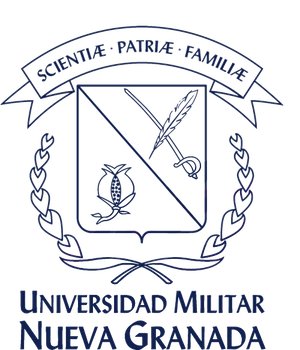Problemas de enseñanza y aprendizaje de los fundamentos de programación
Resumen
Dentro de los escenarios relacionados con las ciencias computacionales, las actividades de aprendizaje asociadas a la programación de computadoras han sido reconocidas con alto grado de dificultad, según los antecedentes revelados en el presente artículo de revisión. Con esta situación, que al parecer es bastante común en el ámbito global, las causas que generan dicha problemática se relacionan con determinadas características que suceden dentro del aula de clase. Ciertas habilidades cognitivas son relevantes al momento del aprendizaje de los fundamentos de programación, tales como la capacidad de abstracción, una buena aptitud lógico-matemática y la facilidad para la resolución de problemas de orden algorítmico. En adición, factores de motivación son necesarios al momento de enfrentar las temáticas asociadas a los fundamentos de programación dentro de los escenarios de práctica. El contenido de esta revisión involucra experiencias en diferentes zonas del planeta, cuyo interés apunta a develar los orígenes del problema. Finalmente se elabora una reflexión en la búsqueda de posibles soluciones, y donde se abre el espacio de actuación a una nueva orientación basado en el núcleo de la Esencia de Semat.
Descargas
Referencias bibliográficas
• ACM, IEEE & AIS (2005) Computing Curricula: The Overview Report 2005. En Internet: http://www.acm.org/education/education/curric_vols/CC2005-March06Final.pdf, Retrieved September 28, 2013.
• Ali, A., & Mensch, S. (2008). Issues and challenges for selecting a programming language in a technology update course. Proceedings of the Information Systems Education Conference, Phoenix, AZ 2008. Retrieved September 28, 2013 from http://isedj.org/isecon/2008/020/index.html.
• Anewalt, K.(2008). Making CS0 fun: An active learning approach using toys, games and Alice. Journal of Computing Sciences in Colleges, 23(3), 98-105. September 28, 2013 from ACM Digital Library http://www.acm.org/dl.
• Ben-Ari, M. (1998). Constructivism in computer science education. Proceedings of the 29th SIGCSE Technical. Symposium on Computer Science Education, 257-261.
• Baldwin, L.P., & Kuljis, J. (2001). Learning programming using program visualization techniques. Proceedings of the 34th Hawaii International Conference on System Sciences – 2001. Retrieved September 29, 2013 from IEEE Computer Society Digital Library http://www.computer.org/portal/.
• Blanchette, I., & Dunbar, K. (2000). How analogies are generated: The roles of structural and superficialsimilarity. Memory and Cognition, 28, 108-124.
• Carnegie Mellon University (2013). Alice’s Home Page, An Educational Software that teaches students computer programming in a 3D environment. Retrieved September 28, 2013 from http://www.alice.org/index.php?page=what_is_alice/what_is_alice.
• Carter, J., & Jenkins, T. (2002). Gender differences in programming?. Proceedings of the 7th Annual Conference on Innovation and Technology in Computer Science Education. September 28, 2013 from ACM Digital Library http://www.acm.org/dl.
• Clancy, M., Titteron, N., Ryan, C., Slotta, J., & Linn, M. (2003). New roles for students, instructors, andcomputers in a lab-based introductory programming course. Proceedings of the 34th SIGCSE Technical Symposium on Computer Science Education, 132-136.
• Dann, W., Copper, S., & Pausch, R. (2006). Learning to program with Alice. Upper Saddle River, NJ: Prentice Hall.
• Dunican, E. (2002). Making the analogy: Alternative delivery techniques for first year programming courses. In J. Kuljis, L. Baldwin & R. Scoble (Eds), Proceedings from the 14th Workshop of the Psychology of Programming Interest Group, Brunel University, June 2002, 89-99.
• Guibert, N., Girard, P., & Guittet, L. (2004). Example-based programming: A pertinent visual approach for learning to program. Proceedings of the Working Conference on Advanced Visual Interfaces, 358 – 361. Retrieved September 29, 2013 from ACM Digital Library http://www.acm.org/dl.
• Hartman, W., Nievergelt, J., & Reichert, R. (2001). Kara, finite state machines, and the case for programming as part of general education. Proceedings of the IEEE Symposium on Human-Centric Computing Languages and Environment (HCC01) Retrieved September 29, 2013 from IEEE Computer Society Digital Library http://www.computer.org/portal/.
• Herbert, C. (2007). An introduction to programming with Alice. Boston, Massachusetts: Course Technology.
• Kelleher, C., & Pausch, R. (2005). Lowering the barriers to programming: A taxonomy of programming environment and languages for novice programmers. ACM Computing Surveys, 37(2), 83-137. Retrieved September 28, 2013 from ACM Digital Library http://www.acm.org/dl.
• Marrero, W., & Settle, A. (2005). Testing first: Emphasizing testing in early programming courses. Proceedings of the 10th annual SIGCSE conference on Innovation and technology in computer science education, 4-8. Retrieved September 28, 2013 from ACM Digital Library http://www.acm.org/dl
• Porter, R., & Calder, P. (2004). Patterns in learning to program: An experiment?. Proceedings of the Sixth Conference on Australasian Computing Education, 30, 241-246. Retrieved September 28, 2013 from ACM Digital Library http://www.acm.org/dl
• Schneider, D. (1999). An introduction to programming using Visual Basic 6.0. Upper Saddle, River, NJ: Prentice Hall.
• Sheard, J., & Hagan, D. (1998). Experiences with teaching object-oriented concepts to introductory programming students using C++. Technology of Object-Oriented Languages and Systems-TOOLS 24, IEEE Technology, 310-319.
• Soloway, E. & Spohrer, J. (1989). Studying the Novice Programmer, Lawrence Erlbaum Associates, Hillsdale, New Jersey. 497 p.
• Stamouli, I., Doyle, E., & Huggard, M. (2004). Establishing structured support for programming students. Proceedings of the 34th ASEE/IEEE Frontiers in Education Conference, Savannah, GA, October 2004.
• Thomas, L., Ratcliffe, M., Woodbury, J., & Jarman, E. (2002). Learning styles and performance in the introductory programming sequence. Proceedings of 33rd SIGCSE Technical Symposium, 34, 33-37.
• Van Roy, P., Armstrong, J., Flatt, M., & Magnusson, B. (2003). The role of language paradigms in teaching programming. Proceedings of the 34th SIGCSE Technical Symposium on Computer science Education, 269-270.











